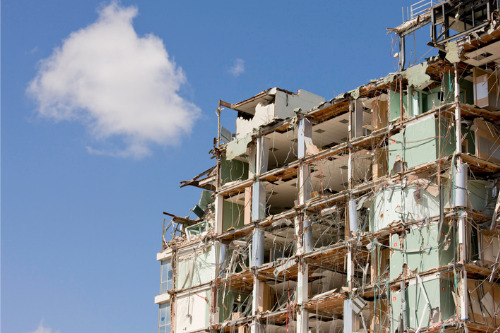

The damage caused by the EF2 tornado that struck Barrie, Ontario was so considerable, that experts are now demanding changes to the province’s building code.
The tornado, which hit the city on July 15, had wind speeds of 210 km/h. It damaged upwards of 200 homes and injured 11 people in the Prince William Way area. Some 70 homes currently have unsafe orders, and about 20 roofs were torn from homes by the powerful winds.
“There’s many roofs off of houses, some walls collapsed. At least one house, the first storey collapsed and the second floor came down on top of it. So, it was pretty significant,” said Greg Kopp, lead researcher for Northern Tornadoes Project and chair of ImpactWX.
Since then, the tornado incident has prompted a push for Ontario to include hurricane straps into its building code. Hurricane straps are connectors that reinforce the link between roofs and exterior walls.
Kopp told CTV News that the severe damage suffered by Barrie homes is partly because builders do not focus on protecting against tornadoes. He is one of several experts calling for Ontario to revise the building code to make hurricane straps a vital part of construction.
“That would go a long way to both better enforcement and better building practices,” he said.
“When it comes to downward forces like the weight of snow on a roof, for example, our code is very good at addressing those downward forces,” commented Institute for Catastrophic Loss Reduction managing director Glenn McGillivray.
“In a windstorm, particularly a tornado, that roof wants to get sucked up, and the code doesn’t really address those upward sucking forces very well, or at all, and we want to see that changed.”
McGillivray also told CTV News there are other parts of a building that could use better reinforcement to prevent wind damage.
“We want to ensure that not only is the roof properly connected to the walls, we also want to ensure that the upper floor is connected well to the main floor and the main floor is connected properly to the foundation,” the managing director said.
CTV News reported that the Canadian Standards Association is currently in the process of creating a standard for factoring in extreme winds in the construction of new homes.
